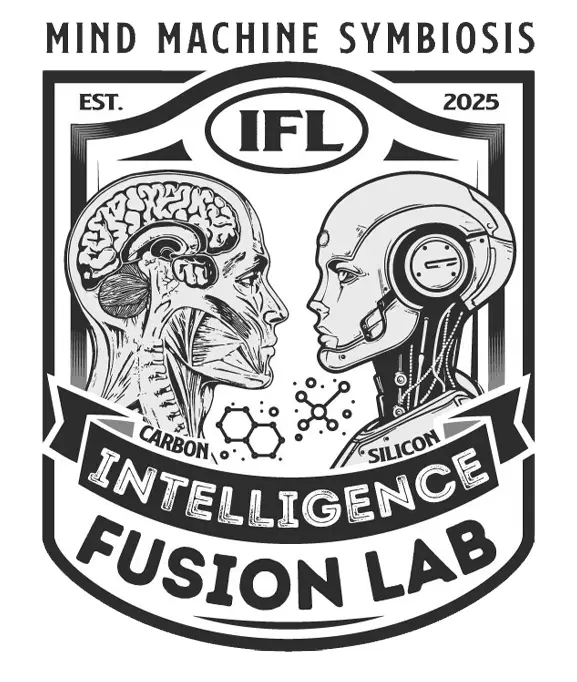Human intelligence evolved over millions of years in carbon-based biology. In contrast, AI has emerged in mere decades—through silicon circuits and code. But as these two forms of cognition converge, a new interface is forming: one that challenges how we define knowledge, learning, and even consciousness.
Main Content:
The silicon-carbon interface represents the boundary—and bridge—between human and machine thought. In practice, this includes brain-computer interfaces (BCIs), augmented reality systems, and collaborative AI tools. It also encompasses philosophical and ethical dimensions: how do we share agency and decision-making?
From a technical standpoint, progress in neuromorphic computing and AI that mimics human cognitive processes is blurring the lines between the two. Meanwhile, humans are increasingly learning to “think” in ways that resonate with machine logic—coding, prompt engineering, data modeling.
Conclusion:
At Intelligence Fusion Lab, we explore this evolving relationship not just as a technical challenge but as a cultural shift. The interface isn’t just hardware—it’s a new frontier of hybrid cognition.
